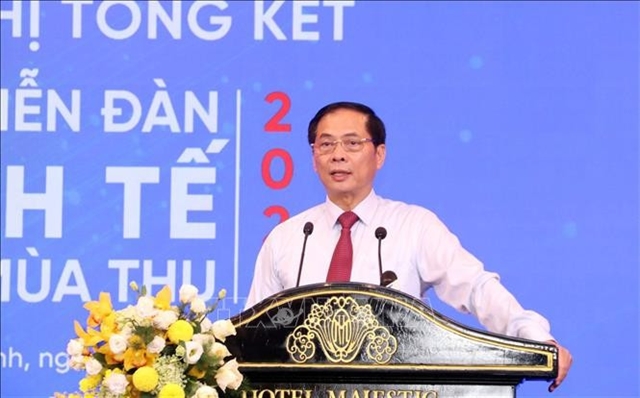 Life & Style
Life & Style

Paediatric emergency is all about saving the lives of children. It’s very different from the approach of a general paediatrician, who considers the most likely cause of a child’s illness first. An emergency paediatrician always considers life-threatening conditions before turning to more common explanations.

|
| Dr. Takaaki Mori. — Photo courtesy of Family Medical Practice |
By Dr. Takaaki Mori*
Paediatric emergency is all about saving the lives of children. It’s very different from the approach of a general paediatrician, who considers the most likely cause of a child’s illness first. An emergency paediatrician always considers life-threatening conditions before turning to more common explanations.
This important field of medicine is new in Việt Nam, although it has been practised in the US for 30 or 40 years already. In my native Japan, paediatric emergency medical science has a very short history – as a paediatrician with an interest in surgery, I was among the first Japanese doctors to specialise in the field.
Essentially, emergency paediatrics is very similar to standard emergency medicine, particularly in the way we treat many kinds of emergency and medical conditions. But paediatric emergency differs in that we have to think about the child’s growth and development – we have to adjust the treatment and approach depending on the child’s age (or perhaps other conditions). For example, when we apply stitches, we follow a different procedure with a one-year-old child than with a child of ten. For some paediatric emergencies, we perform sedation in cases where an adult would not need it – for reasons of safety and to lessen their anxiety, and for the comfort of the children as well as the parents.
There is also the issue of the size of a child’s body. For paediatric emergency medicine, we have to prepare different medical equipment depending on the child’s age and weight. We usually use different types of equipment of different sizes, from infant to adolescent. An endoscope used on an adult, for example, could not possibly be used on a child. Currently, children who require such procedures in Việt Nam must leave the country to receive treatment.
One hot topic in paediatric emergency medicine is the use of X-rays. People are becoming increasingly concerned about radiation exposure in children. In Japan, I was personally involved in promoting the use of ultrasound techniques in children to replace the use of X-ray and CT scans for paediatric emergency conditions. I have successfully detected conditions such as appendicitis as well as critical injuries using ultrasound rather than X-rays, sparing the patients from unnecessary radiation exposure. This is an area that stands primed for development in Việt Nam, as the difference is procedural with the required equipment already available here.
One advantage that emergency paediatricians have over regular emergency doctors is that we’re quite used to the ultrasound, because we have to study neonatology during our residency in paediatrics.
I prefer working in an acute care setting where a quick decision is needed to treat the traumatised patient. If I administer proper treatment, the patient’s condition can change dramatically. Speed is very important in such cases. Quick and accurate analysis and a decision to give appropriate treatment has saved lives – and it is an immensely rewarding experience to save the life of a child.
Sometimes it is not possible to get to a child in those critical moments. This is why it’s very important for people who take care of children – even those already capable of administering first aid to an adult – to familiarise themselves with life-saving techniques that can help sustain the life of a critically injured child. I would advise teachers, parents and other people who work with children in Việt Nam to seek out a first aid course that includes paediatric emergency protocols. As with all emergencies, response time is everything. — Family Medical Practice
*Dr. Takaaki Mori has a distinguished background in paediatric emergency medicine, and recently completed his MSC in Paediatric Emergency Medicine at The University of Edinburgh (UK). He treats acute diseases and injuries for paediatric patients at Family Medical Practice.
Family Medical Practice was the first foreign-owned primary healthcare provider in Việt Nam, and has consistently remained at the forefront of international-standard medicine since 1995. It offers extensive healthcare and emergency medical services nationwide to Vietnamese, expatriate and corporate customers.
For more advice on any medical topics, visit Family Medical Practice Hanoi at: 298 I Kim Mã, Ba Đình. Tel: (024) 3843 0748. E: hanoi@vietnammedicalpractice.com.
FMP’s downtown Hồ Chí Minh location is: Diamond Plaza, 34 Lê Duẩn, District 1; 95 Thảo Điền, District 2. Tel: (028) 38227848. E: hcmc@vietnammedicalpractice.com
FMP Đà Nẵng is located at 96-98 Nguyễn Văn Linh, Hải Châu District, Đà Nẵng. Tel: (0236) 3582 699. E: danang@vietnammedicalpractice.com.




